Nikon CoolPix S630 Review
Nikon CoolPix S630
Nikon’s latest compact is easy to hold and use, but it’s a bit pricey.
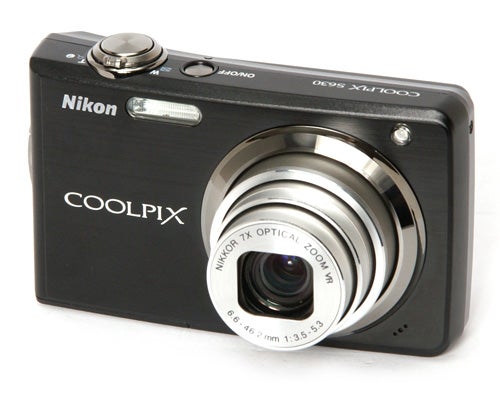
Verdict
Key Specifications
- Review Price: £250.00
In moments of uncontrolled vanity, I sometimes delude myself into believing that what I say about camera design in my reviews somehow has an effect on the people who actually design them. One thing I have droned on about at some length is the idea that cameras need to be comfortable and secure to hold. There’s no point having a tiny camera crammed with all the latest gizmos if it slips out of your fingers like a bar of soap every time you try to take a picture.
Well perhaps Nikon’s designers were listening after all, because the new CoolPix S630 compact has an unusual curved shape with a large textured thumbgrip area on the back, and is one of the most comfortable-to-hold compact cameras on the market.
The specifications are pretty impressive as well. It has a 12-megapixel CCD with sensor-shift image stabilisation, a 7x zoom f/3.5 – f/5.3 lens equivalent to 37-260mm, a 2.7-inch 230k LCD monitor and a strong half-metal, half-plastic body, available in a range of colours, although in the UK it’s only black or red. Overall build quality although the zoom control is a bit jerky.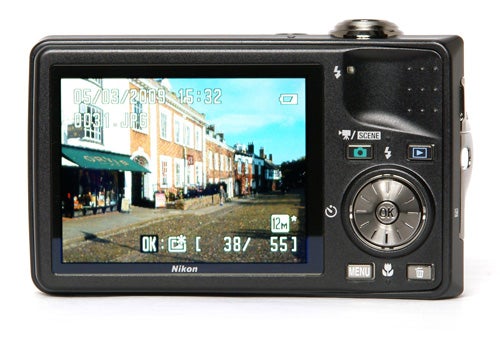
The S630 is a pretty expensive camera, currently selling for around £250, which puts it on the same high shelf as other luxury compacts such as the new Canon IXUS 990 IS (12.1MP, 5x zoom, £379), or the Sony Cyber-shot W270 (12.1MP, 5x zoom, £299). While its longer zoom range and lower price might make the S630 look like good value by comparison, bear in mind that both of those rival models feature HD video recording, while the Nikon is limited to VGA at 30fps.
In fact, apart from its long zoom range and high resolution, the S630 is a bit lacking in other areas as well. The camera has three basic shooting modes, the main one being a full Auto setting in which all the menu functions are available, although these don’t amount to much. It has a wide array of image size and quality options, but since high-capacity memory cards are so cheap most of these are pretty redundant. It has the usual array of white balance options, and ISO settings from 64 to 6400, although the two highest settings are restricted to 2048 x 1536 (3MP). It has only two metering options, matrix or centre-weighted; no spot metering. The drive options include continuous shooting and Nikon’s usual Best Shot Selector feature, as well as a not-terribly-useful 16-shot mosaic and a slightly-more-useful interval timer.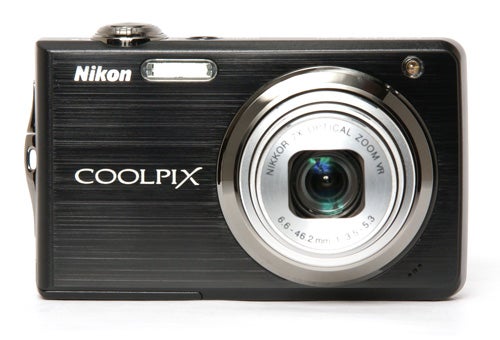
Colour adjustment options are very limited, with only vivid colour, sepia, cyanotype (a blue tint), black and white and a low-saturation “pastel” setting on offer. There are a few AF mode options including face priority and a manual focus point selection, and the AF can be switched from single to full-time, although obviously this will have an impact on battery duration.
Most of these menu options are disabled in the other two shooting modes. These include the Scene mode, which offers the usual selection of scene programs for things like portrait, landscape, beach and snow, sunset etcetera, as well as a Scene Auto Selector, which chooses the scene program automatically with a fair degree of reliability. Most of the menu options are disabled in Scene mode.
The third shooting mode offer a further three choices. The first is a high-speed Sport Continuous mode, which shoots at an impressive-sounding 11 frames a second, but only for twenty frames, and only at a maximum resolution of three megapixels. I guess this is another of those “analyze your golf swing” features that some camera manufacturers seem to think we’re all crying out for.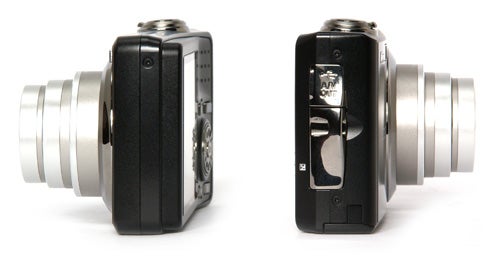
The second is a High Sensitivity setting, supposedly to reduce blur, but all it does is set the ISO to 800, which you can do through the main menu anyway. The S630 also has a Motion Detection feature in Auto mode which bumps up the ISO to increase shutter speed. Along with the Best Shot Selector and the actual mechanical VR, it gives Nikon’s ever-creative marketing department a new number to print in the brochure: “4x anti blur”. It’s not ”quite” a lie…
The final option is the smile-detection auto-shutter, which incorporates a “blink proof” setting that is supposed to prevent the camera from taking a photo if the subject is blinking, although I have to say that I found both these two settings to be very unreliable.
The S630 does offer a few extra features in playback mode, including D-lighting contrast correction for boosting shadow detail, and an Quick Retouch function that will attempt to improve contrast and saturation. I tried both of these features, and I wasn’t massively impressed with the results.
The S630 is also a little lacking in overall performance. It starts up in just over 1.5 seconds, and shuts down again in just over two, which is quick enough, but in single-shot mode it is quite slow, with a shot-to-shot time of approximately 3.2 seconds. In continuous shooting mode it isn’t much better, shooting a frame every two seconds, accompanied by an alarming hissing whine from the autofocus system, which is automatically set to full-time AF in continuous mode.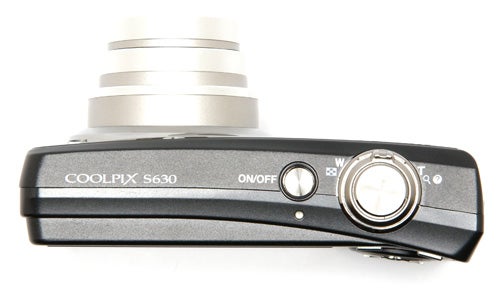
Nikon has made a lot of progress with its compact camera AF system over the past year or two. It used to be a major weak point, but the AF in the S630 is very good. It focuses quickly and accurately in almost all lighting conditions, even at long zoom settings in quite low light, although the rather weak AF assist lamp does limit it to a range of around two metres in really dark conditions. The built-in flash is nice and powerful, with an effective range of about five metres and good frame coverage at wide angle.
Image quality is generally very good. Colour reproduction is excellent, and the matrix light metering is usually accurate and reliable, and copes well with most lighting conditions, including strong backlighting. The quality of the 7x zoom lens is also good, with minimal distortion, good corner sharpness and minimal chromatic aberration. However despite the quality of the lens, the 12MP resolution of the sensor and the relatively low compression ratio of the highest quality setting, the images still look slightly soft. I still don’t think there’s any advantage to 12MP over 10MP.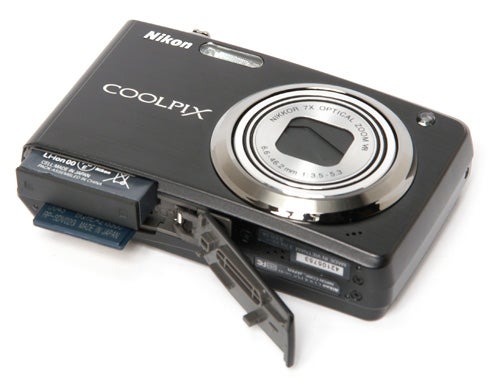
Another area where Nikon has made improvements is noise control, and the S630 can produce excellent image quality up to 400 ISO, and usable prints from 800 ISO. Even at 1600 ISO images are OK if you just want them for a website, but 3MP shots at 3200 and 6400 ISO do look a bit grim. Overall though the S630 is capable of producing good photographic results in a wide range of lighting situations.
”’Verdict”’
Although it’s a bit expensive for a point-and-shoot automatic, the Nikon CoolPix S630 does offer excellent handling, Nikon’s impeccable build quality, a big 7x zoom and very good picture quality. It copes well with most lighting conditions, and is ideal for holiday snaps and social situations. Performance is a bit slow, and it lacks some of the latest features, but it’s a nice camera to use and takes good pictures.
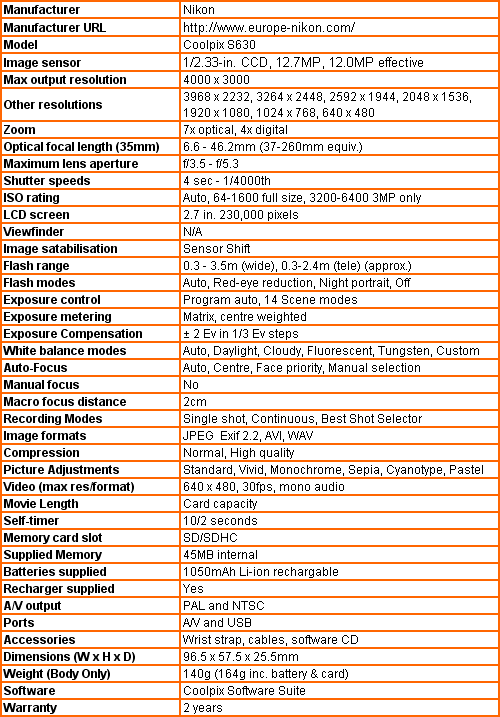
”Over the next few pages we show a range of test shots. On this page the full size image at the minimum and maximum ISO settings have been reduced to let you see the full image, and a series of full resolution crops have taken from original images at a range of ISO settings to show the overall image quality. These ISO test images are shot indoors using reflected natural light for maximum consistency. ”
—-
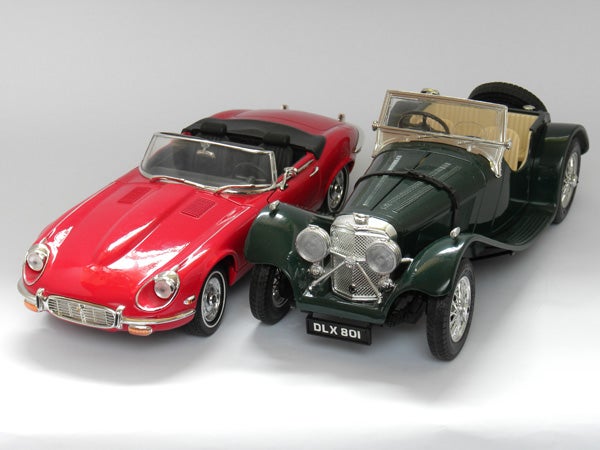
This is the full frame at the minimum ISO setting.
—-
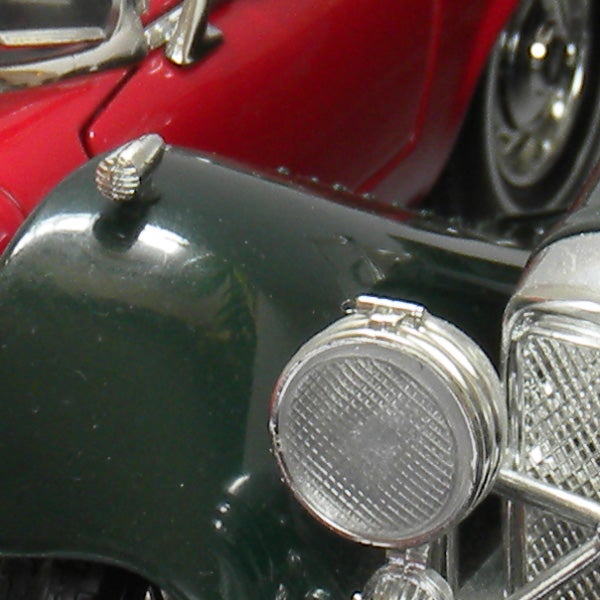
Image quality at 64 ISO is very good, but there is still a bit of colour motting visible in the green areas, and the red mid-tones are a bit blotchy too.
—-
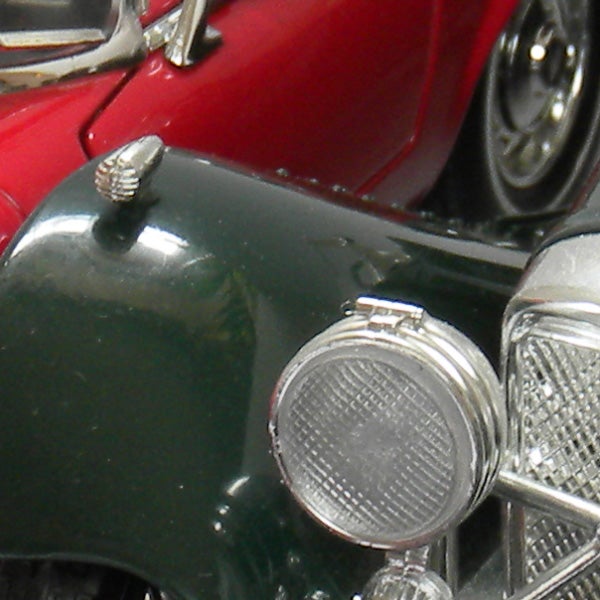
Not much difference at 100 ISO.
—-
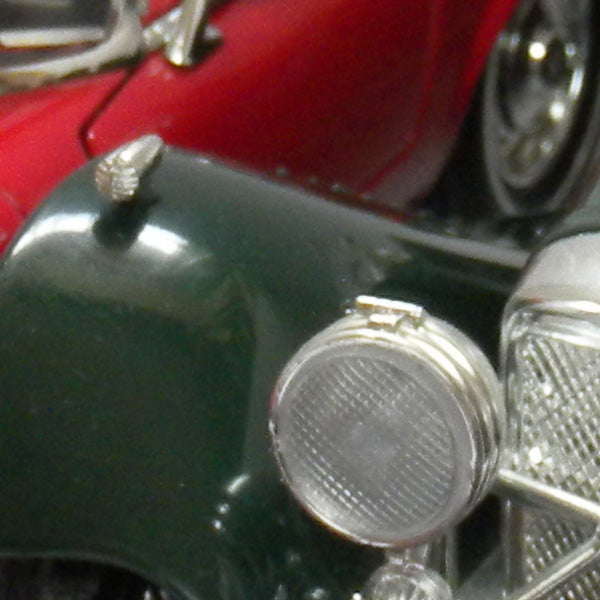
At 200 ISO the noise reduction is beginning to kick in, but the overall level of detail is still high.
—-
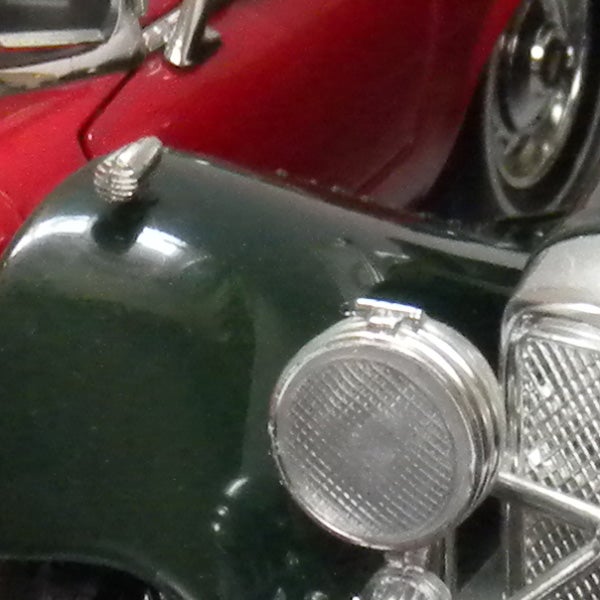
Very good results at 400 ISO, thanks to a well-tuned noise reduction system.
—-
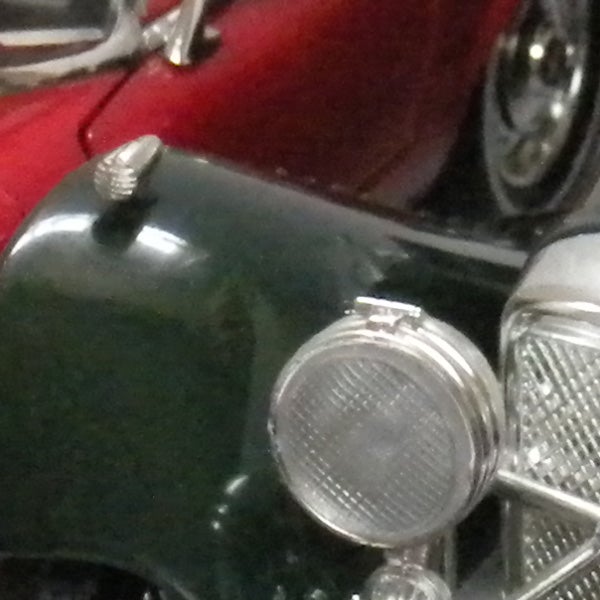
Detail is starting to fade at 800 ISO, but the results are still printable.
—-
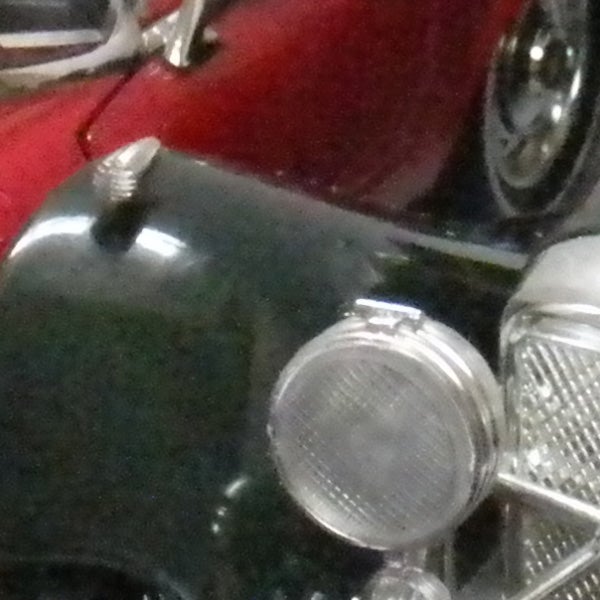
It’s starting to fall apart at 1600 ISO.
—-
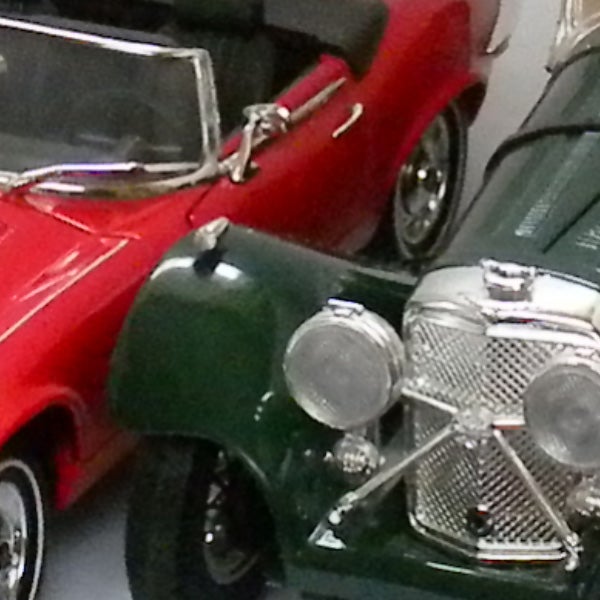
3200 ISO is available at 3MP. Colour is OK, but the detail is very low.
—-
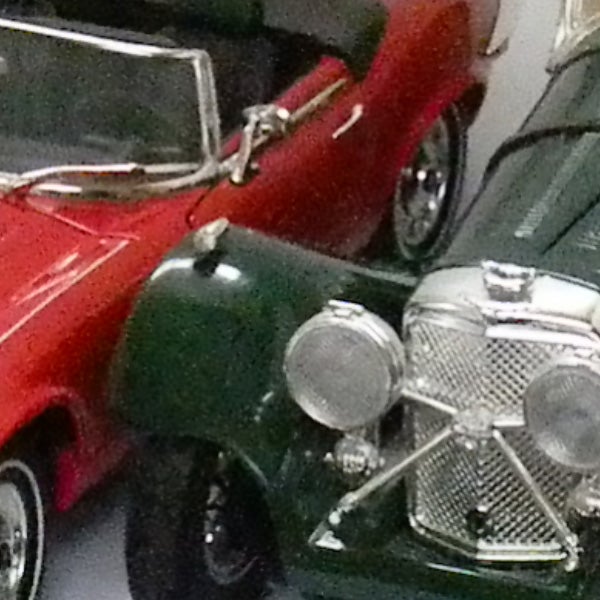
Even worse results at 6400 ISO.
—-
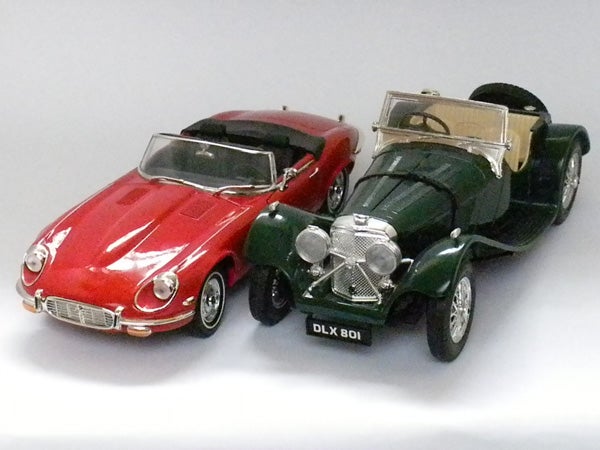
This is the full frame at the maximum ISO setting.
—-
”A range of general test shots are shown over the next two pages. In some cases, the full size image has been reduced for bandwidth purposes, and a crop taken from the original full resolution image has been placed below it to show the overall image quality. Some other pictures may be clicked to view the original full-size image. ”
—-

Here’s the usual detail test shot of the West Window of Exeter Cathedral, for you to compare with other cameras. See below for a full res crop, or click to see the whole picture.
—-
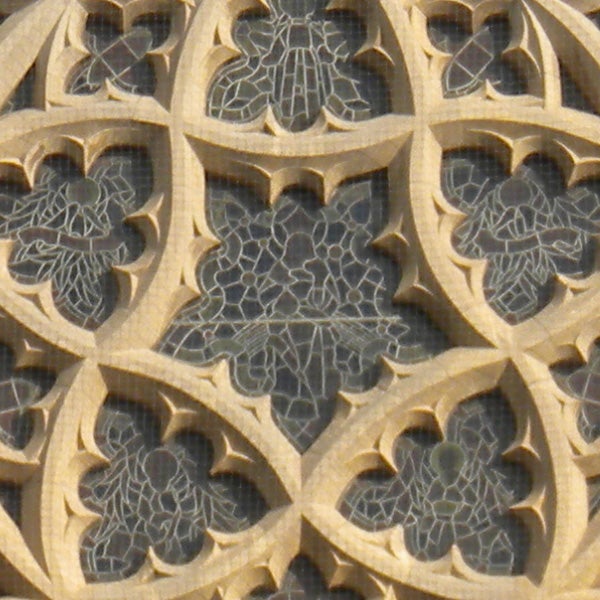
While the level of fine detail and the sheer size of the 12 megapixel image are very impressive, the result looks slightly soft to my eyes.
—-
”Here are some general test shots to help evaluate the camera’s overall image quality, including the zoom range of the lens. Some pictures may be clicked to download the full size original image. ”
—-

The wide-angle end of the zoom range is equivalent to 37mm, not really wide enough for panoramic shots.
—-

The telephoto end is equivalent to 260mm, a useful medium telephoto, especially with image stabilisation to hold it steady.
—-
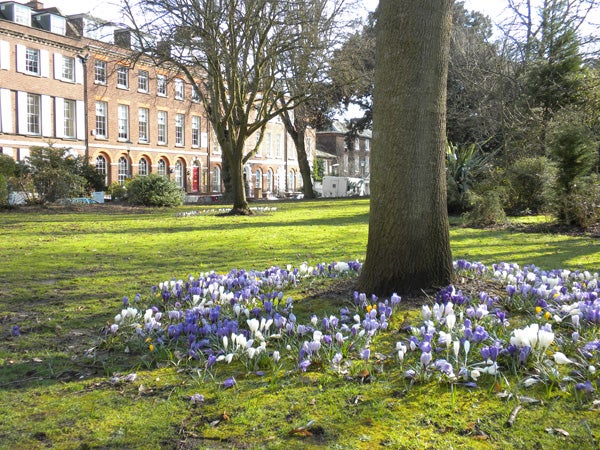
Colour reproduction is excellent, despite the strong side-lighting.
—-
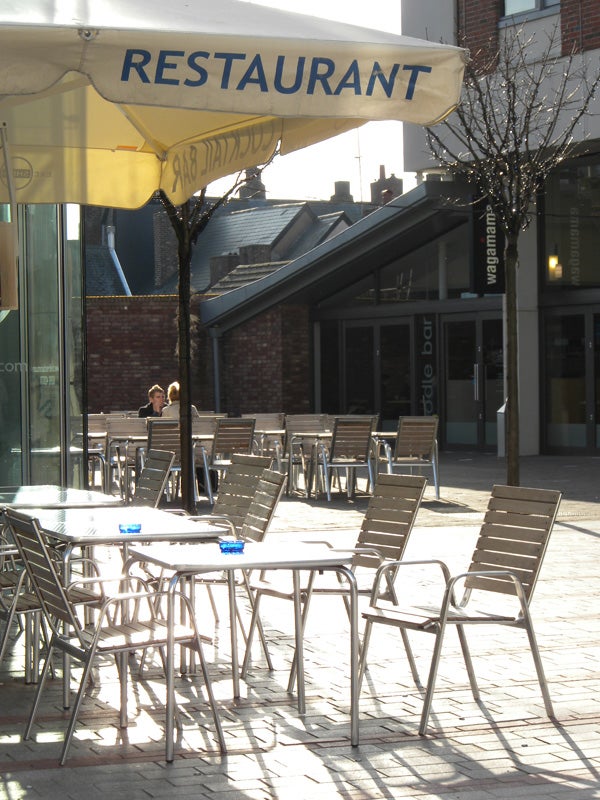
Dynamic range is about averge for a 12MP camera.
—-
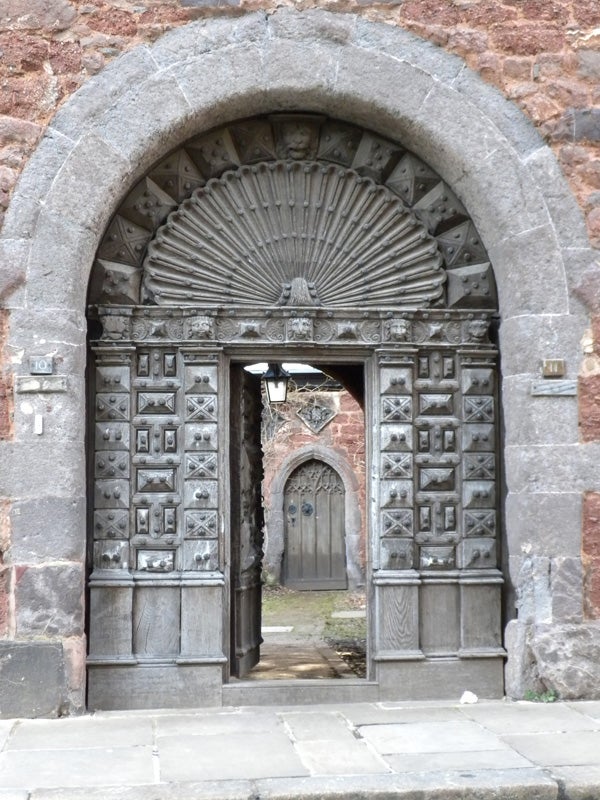
The versatile zoom range is great for accurate framing.
—-
Trusted Score
Score in detail
-
Value 6
-
Image Quality 8
-
Build Quality 9
Features
| Camera type | Digital Compact |
| Megapixels (Megapixel) | 12 Megapixel |
| Optical Zoom (Times) | 7x |
| Image Sensor | CCD |
| Image Stabilisation | Optical, Sensor Shift |
| LCD Monitor | 2.7 in |
| Flash modes | Built-in Flash |
| Video (max res/format) | 640 x 480, 640 x 480 (VGA) |
| Memory card slot | Secure Digital (SD) Card, Secure Digital High Capacity (SDHC) Card, Internal Memory, MMC, SD Memory Card, SDHC Memory Card |

